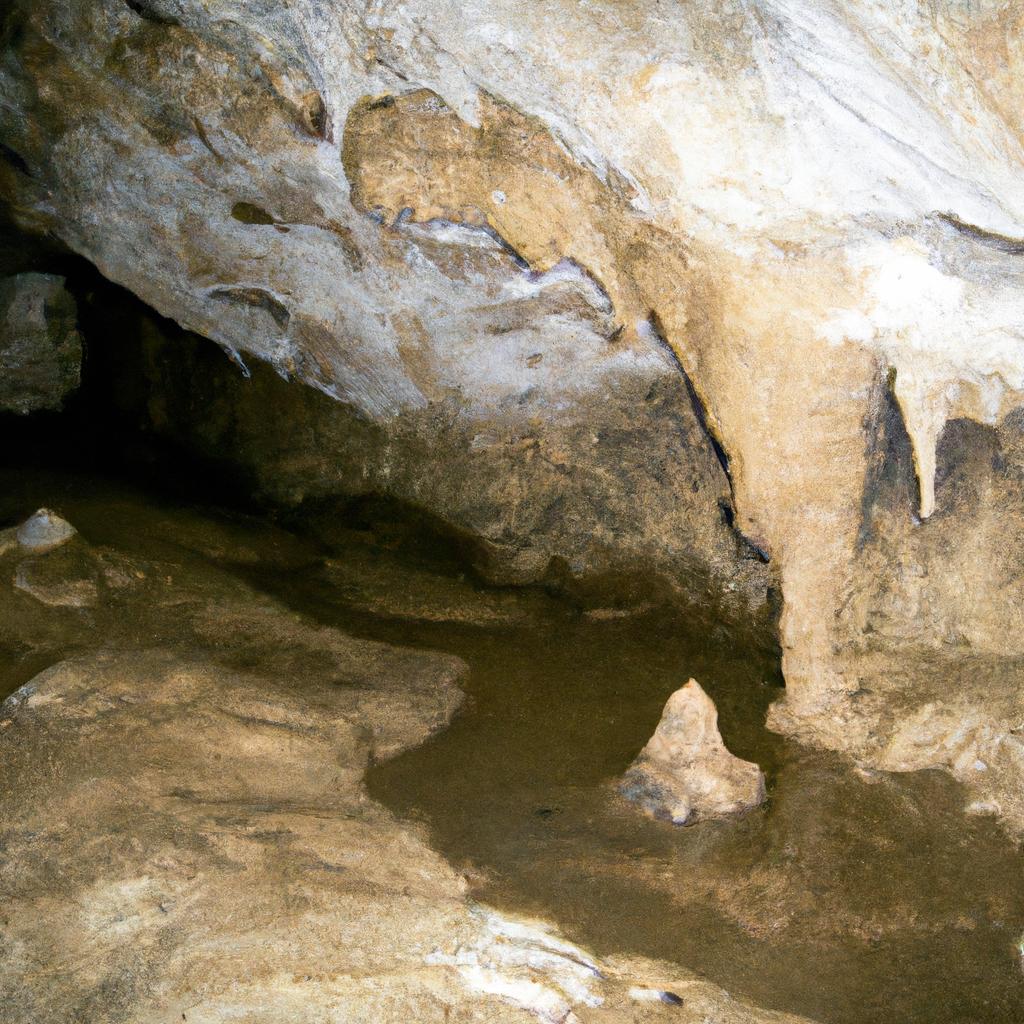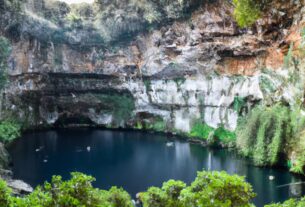Cave grottos are truly remarkable natural wonders that have captivated explorers and scientists for centuries. These underground chambers, formed through the erosion of limestone and other soluble rocks, hold a mesmerizing beauty that is both alluring and awe-inspiring. In this article, we will delve into the fascinating realm of cave grottos, from their formation to their ecological significance, as well as their popularity as tourist destinations.
A. Unveiling the Definition of Cave Grottos
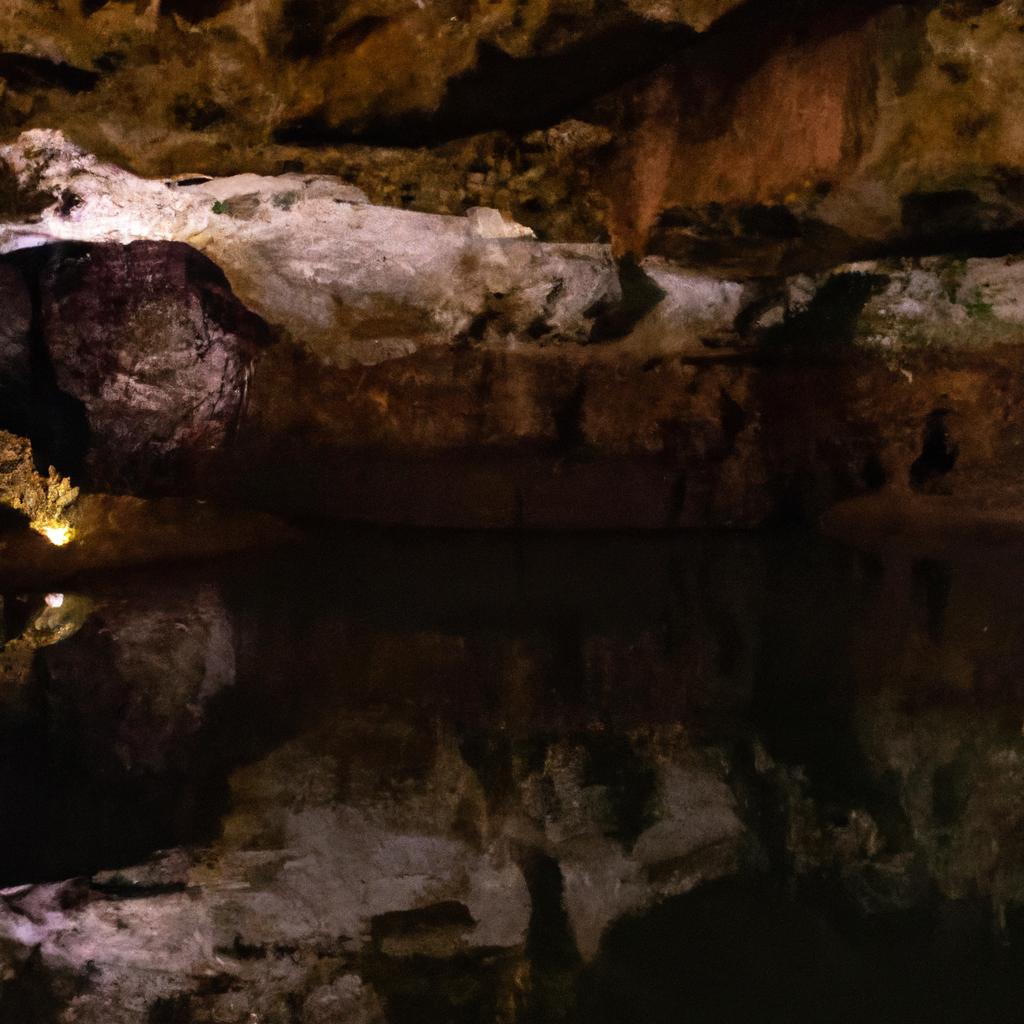
Cave grottos are underground chambers renowned for their unique and intricate systems of tunnels, chambers, and formations, including stalactites, stalagmites, and columns. These formations are the result of thousands of years of water slowly dripping through the rocks and depositing minerals on the cave floor. It is their mystical allure that has made cave grottos such a captivating subject of exploration and scientific study.
B. Understanding the Importance of Cave Grottos in Natural History
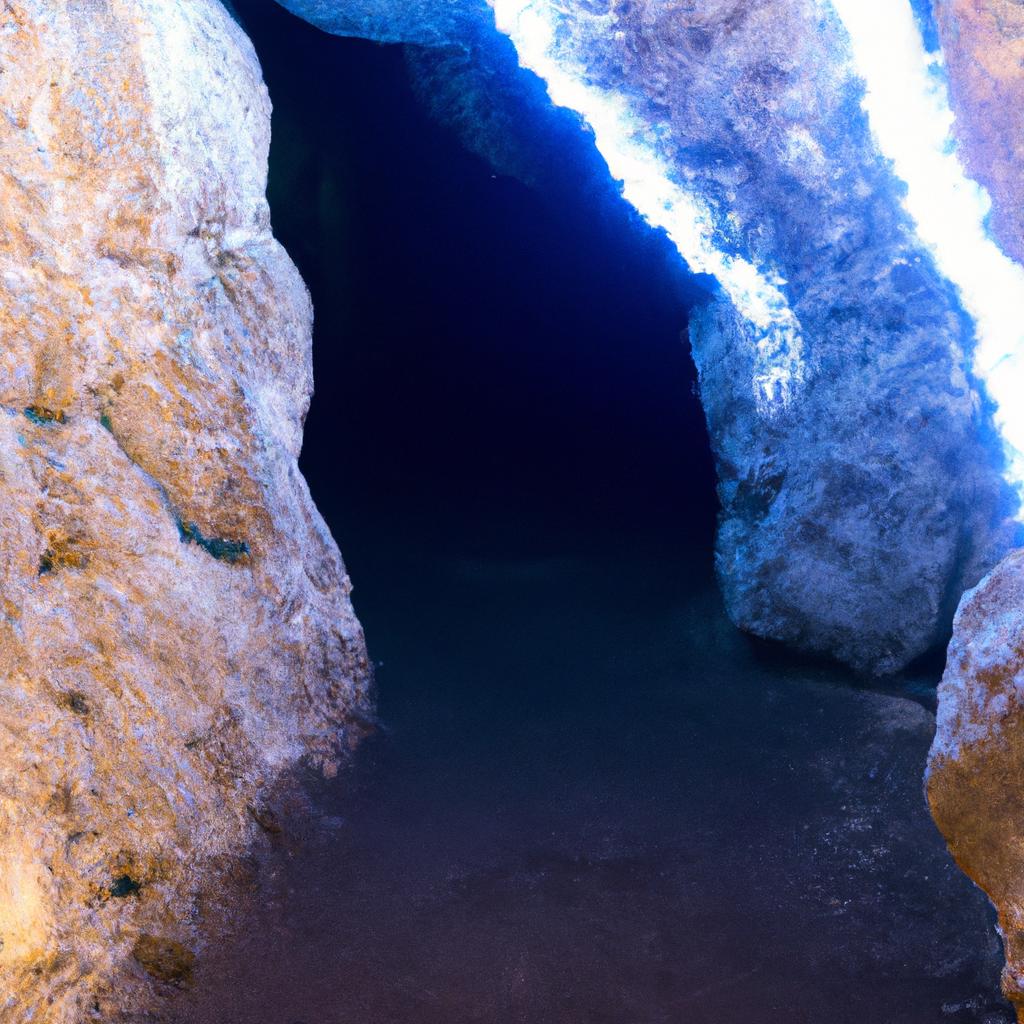
Beyond their breathtaking beauty, cave grottos hold immense significance in unraveling our planet’s natural history. These subterranean wonders not only preserve a record of past climate changes but also house plant and animal species found nowhere else on Earth. By studying cave grottos, we gain valuable insights into the geological and biological processes that have shaped our planet.
C. An Overview of the Article
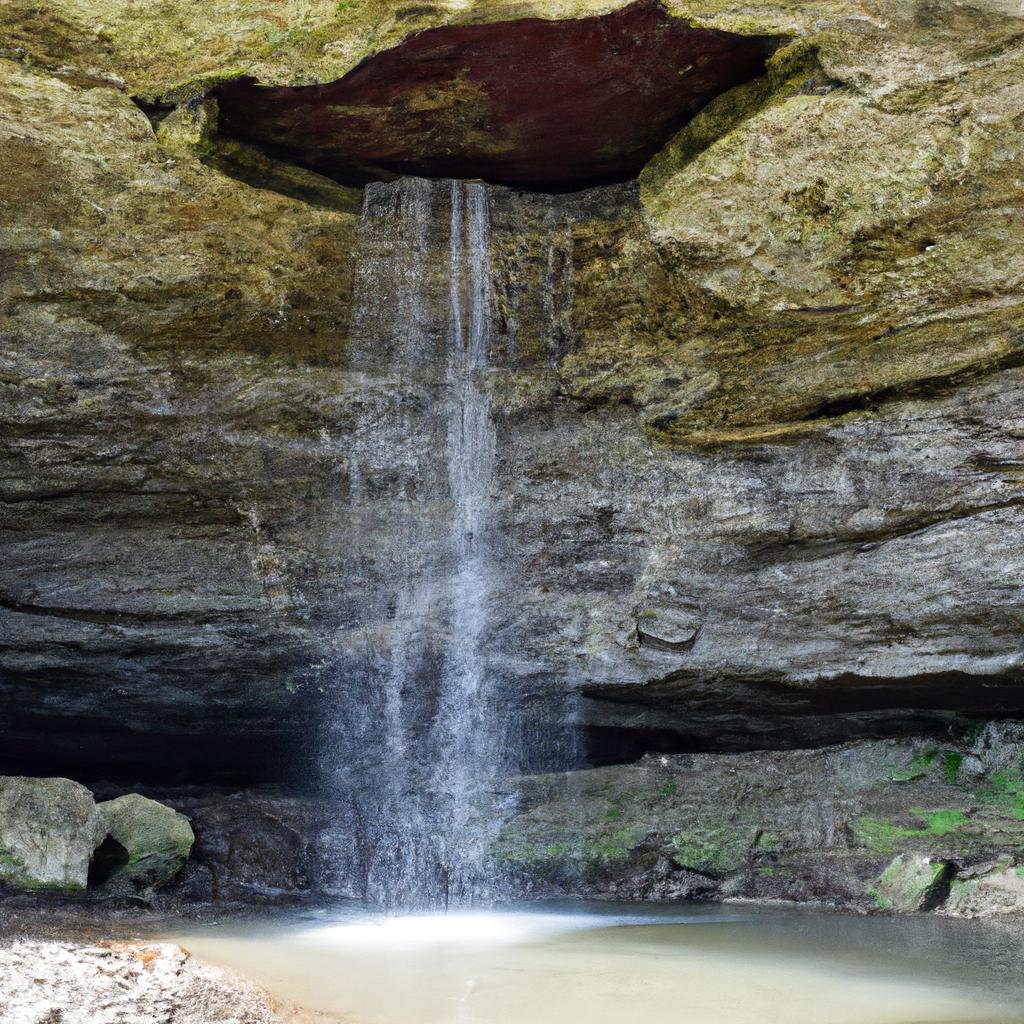
In this comprehensive guide, we will take an in-depth look at cave grottos, exploring their formation, ecological importance, and their status as popular tourist attractions. We will also venture into some of the world’s most famous cave grottos, inviting you to embark on an extraordinary journey of wonder and discovery. Whether you are an adventure seeker or a nature enthusiast, cave grottos are bound to leave you spellbound.
The Formation of Cave Grottos
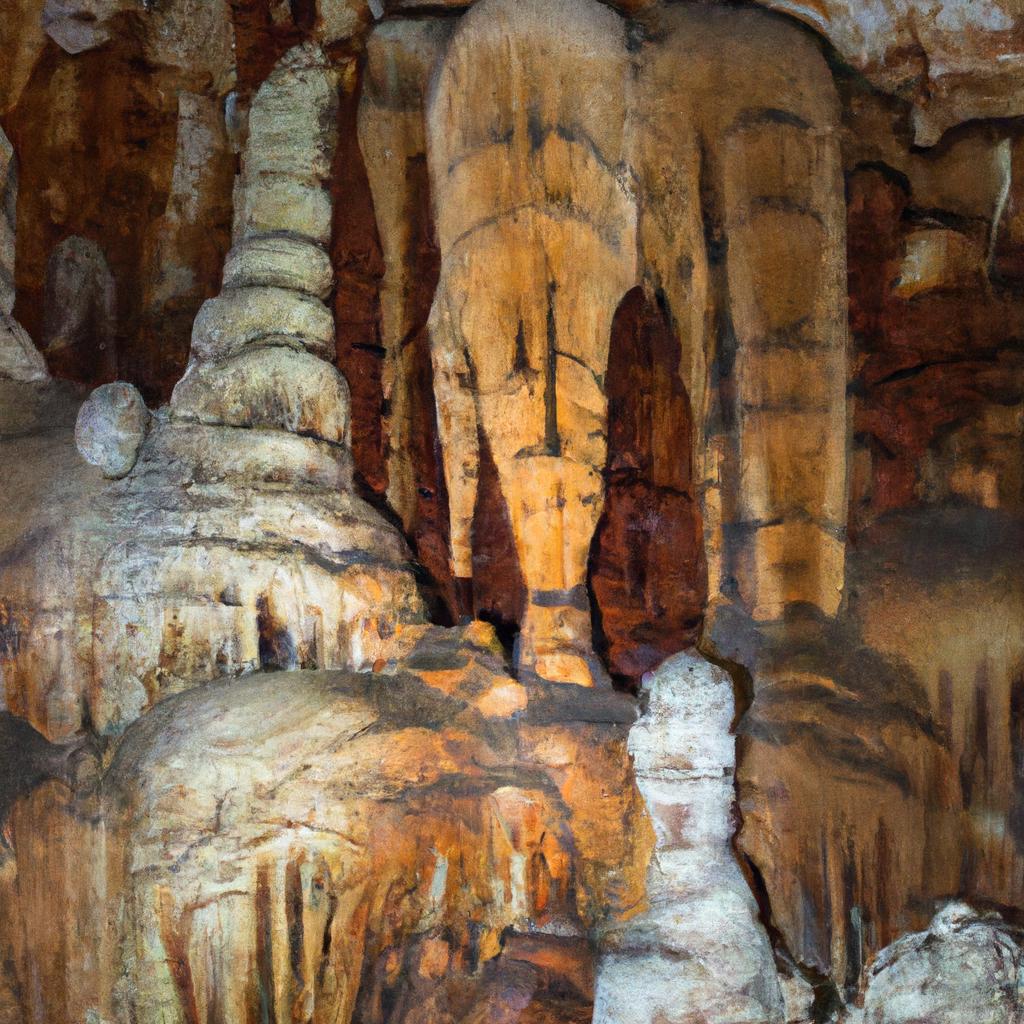
Cave grottos come into existence through a combination of geological, hydrological, and chemical processes that span hundreds of thousands of years.
A. What are Cave Grottos Made of?
Most cave grottos are composed of limestone, a sedimentary rock formed from the accumulation of calcium carbonate. As acidic groundwater dissolves the limestone, small cracks and fissures are created. Over time, these cracks widen and merge to form larger passages and chambers.
B. How are Cave Grottos Formed?
Cave grottos take shape through a synergy of chemical dissolution and physical erosion. Rainwater and surface runoff seep into the ground, becoming acidic as they encounter decaying organic matter or carbon dioxide in the air. This acidic water interacts with the limestone, dissolving it and creating small channels and tunnels. As water flows through these passageways, it carries dissolved minerals and deposits them on the cave floor or ceiling. Over time, these mineral deposits accumulate, giving rise to the stalactites, stalagmites, and other enchanting formations that grace cave grottos.
C. Fascinating Facts about Cave Grottos
- The world’s longest cave system is Mammoth Cave in Kentucky, USA, extending over 400 miles.
- Cave grottos harbor unique ecosystems adapted to dark, nutrient-poor environments. Some cave-dwelling species have evolved blindness or rely on other senses, such as echolocation, to navigate.
- The deepest known cave in the world is the Krubera Cave in Abkhazia, reaching a depth of over 7,000 feet.
- Cave grottos can form in various rock formations, including lava tubes and ice caves.
Famous Cave Grottos Around the World
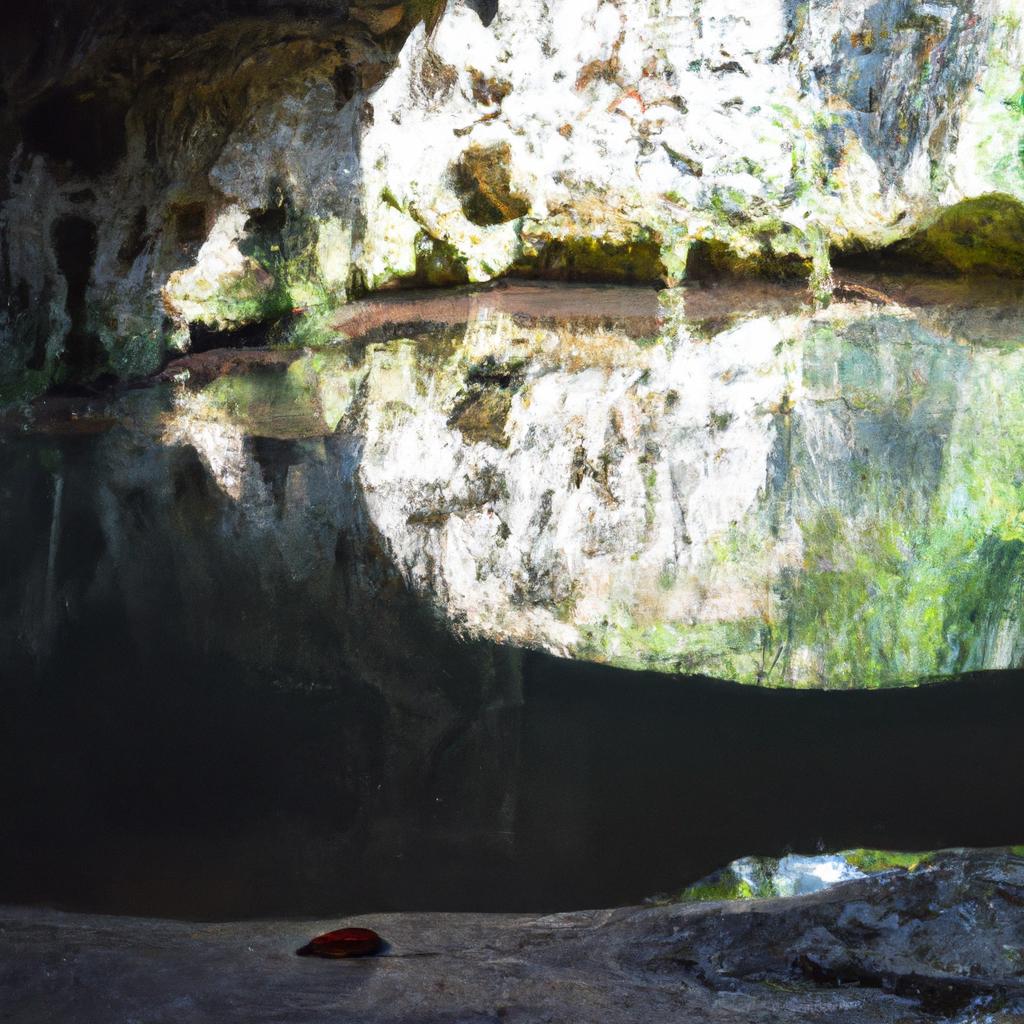
Cave grottos can be found across the globe, each with its own distinct geological features and history. Here are some of the most famous cave grottos around the world that are well worth exploring:
A. The Carlsbad Caverns National Park, New Mexico, USA
Located in New Mexico, USA, the Carlsbad Caverns National Park boasts a collection of magnificent cave grottos. With over 119 caves, including the ancient Carlsbad Cavern, which is over 250 million years old, this park offers a glimpse into the wonders of nature that will leave you in awe.
B. The Waitomo Glowworm Caves, New Zealand
The Waitomo Glowworm Caves in New Zealand are renowned for their unique natural phenomena. These caves are home to thousands of tiny glowworms that radiate a luminescent blue light, transforming the cave walls into a surreal and captivating spectacle.
C. The Phraya Nakhon Cave, Thailand
Tucked away in Khao Sam Roi Yot National Park, the Phraya Nakhon Cave in Thailand is an undiscovered gem. It features a stunning natural skylight that bathes the main chamber in ethereal illumination, creating an awe-inspiring sight for visitors.
D. The Marble Caves, Chile
Situated in Lake General Carrera, the Marble Caves in Chile are an extraordinary natural wonder often likened to a work of art. Over thousands of years, the lake’s waters have eroded the marble, resulting in a series of vibrant and colorful formations that reflect light in mesmerizing ways.
E. The Blue Grotto, Capri, Italy
The Blue Grotto in Capri, Italy, stands as one of the world’s most celebrated cave grottos. With its vibrant blue waters and profound natural beauty, this enchanting cave is accessible only by boat and offers a surreal and magical experience that is truly unforgettable.
F. The Cenote Ik Kil, Mexico
The Cenote Ik Kil in Mexico is a stunning cave grotto that doubles as a popular swimming spot. Surrounded by lush vegetation and unique rock formations, the crystal-clear pool, which reaches a depth of over 100 feet, beckons visitors to indulge in an extraordinary and unforgettable swimming experience.
The Ecological Importance of Cave Grottos
Cave grottos hold not only aesthetic allure but also incredible ecological significance. They provide vital habitats for a wide range of unique and often endangered species, including bats, salamanders, and blind fish. In this section, we will delve into the biodiversity of cave grottos, the threats they face, and the conservation efforts being made to protect them.
A. Biodiversity in Cave Grottos
Cave grottos are home to an astounding array of species, many of which are found exclusively within these subterranean havens. Cave-adapted fish, such as the Mexican blindcat and the Alabama cavefish, have evolved to survive in the pitch-dark environment of cave grottos. Additionally, bats utilize cave grottos as roosting sites, making them critical for their survival. Several bat species serve as keystone species, meaning their presence or absence significantly impacts the entire ecosystem.
B. Threats to Cave Grottos
Despite their ecological importance, cave grottos face natural and human-induced threats. Habitat destruction and degradation caused by activities like mining, logging, and development pose significant risks. Invasive species can also harm native species that rely on cave grottos. Pollution, climate change, and disease further threaten these delicate ecosystems.
C. Conservation Efforts
Recognizing the significance of cave grottos, substantial efforts have been made to protect and conserve these extraordinary environments. Many cave grottos now enjoy protected status within national parks, wildlife refuges, and other conservation areas. These designated areas provide critical habitats for endangered species while facilitating scientific research and monitoring. Additionally, measures are being taken to reduce human impact on cave grottos, including restricting access to sensitive areas and enforcing regulations to prevent pollution and habitat destruction.
Overall, cave grottos represent an unparalleled ecosystem that warrants our dedicated protection and conservation efforts. By understanding the biodiversity they harbor, the threats they face, and the initiatives in place to safeguard them, we can ensure that these captivating wonders continue to inspire future generations.
Cave Grottos as Tourist Attractions
Cave grottos not only serve as scientific hotspots but also enthralling tourist destinations. People from around the world flock to these subterranean marvels to witness their stunning rock formations and learn about their geological and historical significance. In this section, we will explore the various types of cave grotto tours, safety precautions for visitors, and provide useful tips for enhancing your cave grotto experience.
A. Types of Tours Available
Visitors can choose from a variety of tours when exploring cave grottos, ranging from self-guided to guided experiences. Self-guided tours often take the form of audio-visual journeys, allowing visitors to explore the cave at their own pace while listening to audio guides or reading informative panels. Guided tours, led by experienced guides, offer in-depth knowledge about the cave’s history, geology, and distinctive features.
B. Safety Precautions for Visitors
Visiting a cave grotto is an exciting adventure, but prioritizing safety is crucial. Visitors must adhere to safety rules and guidelines provided by the park or tour operators. These may include wearing appropriate footwear, staying on designated paths, and refraining from touching or removing any cave formations. Individuals with medical conditions, mobility limitations, or claustrophobia should consult with their physicians before embarking on a cave grotto adventure.
C. Tips for Exploring Cave Grottos
To make the most of your cave grotto experience, here are some useful tips:
- Dress appropriately: Cave temperatures are typically cooler than the outside, so wearing warm clothes and comfortable, non-slip shoes is advisable.
- Bring a camera: Capture the incredible beauty of cave grottos with your camera. You’ll want to cherish these extraordinary moments.
- Show respect: Remember to treat the cave’s natural environment with respect. Avoid touching or removing any formations, allowing them to remain undisturbed for others to enjoy.
- Follow the guide: If you’re on a guided tour, attentively listen to the guide’s instructions and follow them closely to ensure a safe and fulfilling experience.
- Immerse yourself: Take the time to immerse yourself fully in the cave grotto experience. It’s a unique and unforgettable opportunity to connect with the wonders of nature.
Conclusion
In conclusion, cave grottos represent some of the most mesmerizing and captivating natural wonders on our planet. From their intricate formations to their invaluable contributions to our understanding of Earth’s natural history, they evoke a sense of wonder and astonishment.
Whether you are an experienced caver or simply drawn to the mysteries of nature, exploring a cave grotto promises an unforgettable adventure. From the Carlsbad Caverns National Park in the United States to the Waitomo Glowworm Caves in New Zealand, countless cave grottos await your discovery.
As a nature-focused website, TooLacks encourages its readers to appreciate and respect the natural wonders that surround us. It is crucial to remember that cave grottos are fragile ecosystems that demand careful conservation efforts to preserve their beauty for future generations.
So, whether you are planning your next adventure or seeking to expand your knowledge about our planet’s extraordinary natural wonders, we hope this comprehensive guide has inspired you to embark on a mesmerizing journey through the enchanting world of cave grottos. Explore, experience, and appreciate the wonders that lie beneath the surface.
